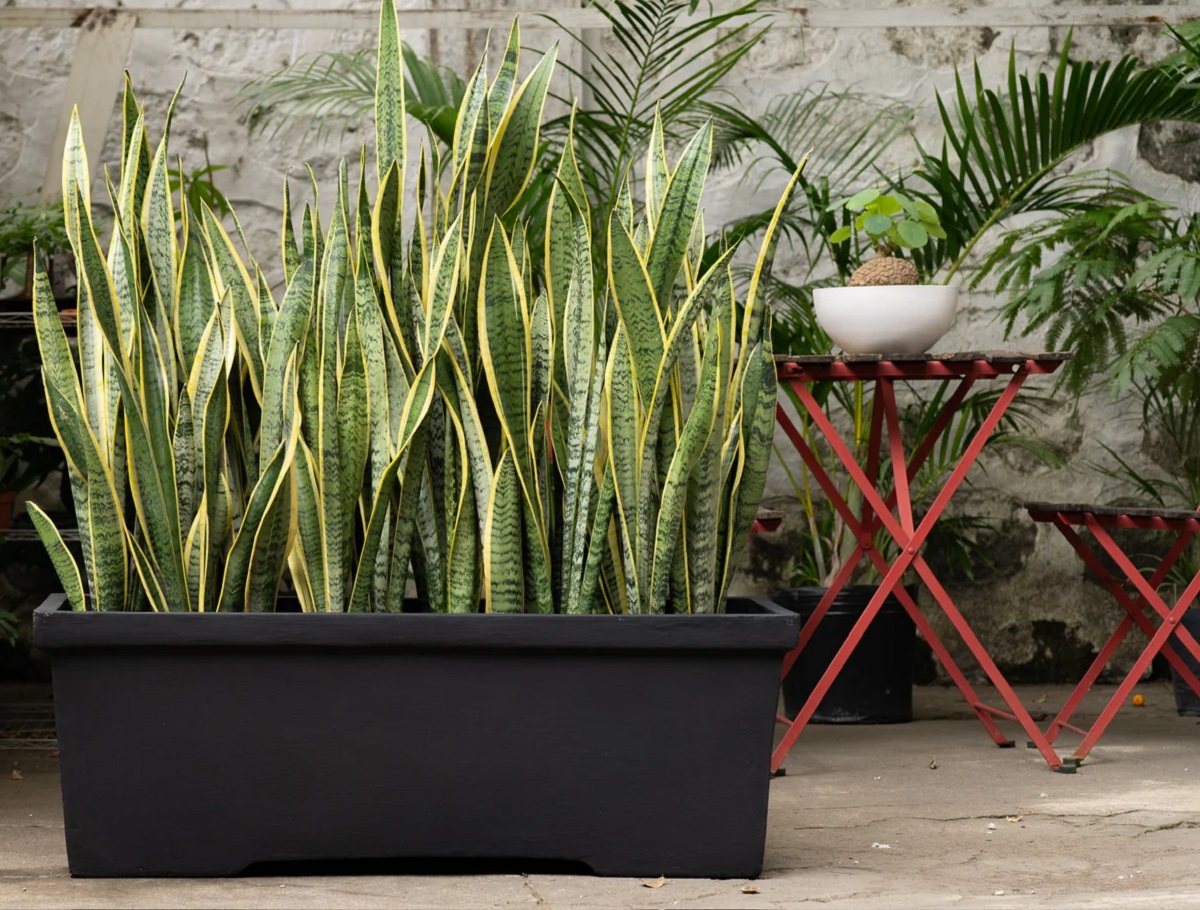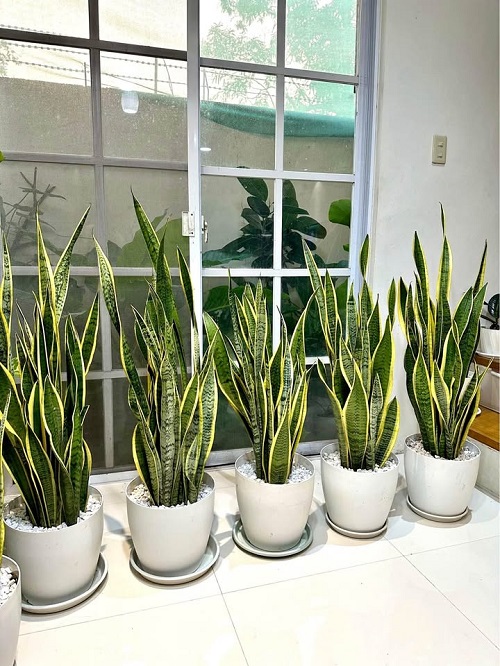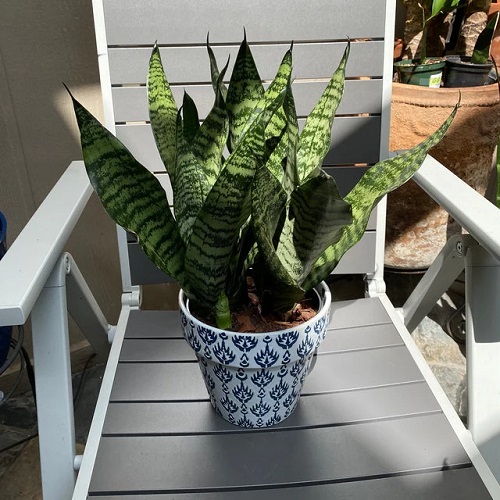Ever wondered what the stripes on your snake plant could possibly mean? Well, this article will give all your answers!

We are all too familiar with the sword-shaped, tall, vibrant green leaves of the snake plant. But in your gardening journey, you’ve probably spotted ones with stripes too. If you, too, have been quite intrigued by this uber-cool appearance and wondered what the stripes could mean, keep reading!
A Quick Look at the Snake Plant Family

Did you know there are over 70 species in the Sansevieria genus? Though it’s called the Dracaena genus now, collectors absolutely love this beginner-friendly houseplant, regardless—thanks to the incredible varieties available!
Of course, when you have so many species available, you will find them adaptable to various conditions. From being desert-loving, hardcore succulents to plants that love humidity, snake plants are also known for being able to handle low light conditions.
Popular Varieties with Stripes and Patterns

Now, if you are just starting to grow snake plants or are a seasoned gardening aficionado, there are a few fan-favorite varieties out there. Starting with Dracaena trifasciata ‘Laurentii’, the leaves are dark green with zigzag stripes in light green and yellow.
Meanwhile, you will see creamy white horizontal stripes over dark green in the ‘Hahnii’ variety. And that’s not all! The ‘Black Robusta’ variety features mottled silver stripes while the ‘Golden Flame’ boasts yellow-gold patterns over gray-green foliage. It does resemble fire sparks!
Some varieties also develop more intense striping when grown in brighter, indirect light. So, if your plant’s patterns seem dull or faded, it might just be asking for a better lighting spot!
Also, were you aware? These stripes can shift slightly in color as your plant matures. Younger leaves might show brighter or sharper contrasts, while older leaves sometimes fade a little, especially if the plant has been under stress.
And these were just a few examples of the numerous variegated snake plant varieties out there.
Do These Stripes Mean Something More?

You probably already know how important snake plants are in Feng Shui. They’re often seen as symbols of peace, prosperity, and good vibes all around. In fact, some believe placing them in rooms with frequent arguments can help ease the tension!
However, there’s no specific mention of any deep meaning behind the stripes in Feng Shui. So, the key thing to note about snake plants is that the stripes are mainly variegations. They don’t mean much—except to prove the uniqueness of your plant.
As mentioned above, these variegations (or ‘stripes’) can be of various colors, including white, silver, yellow, or just light green. And truth be told, they do look incredible!
When Stripes May Signal Trouble

Here’s something helpful to know—stripe patterns can also depend on the plant’s growing conditions. Inconsistent watering, low humidity, or poor soil can sometimes make the stripes look washed out or irregular.
But once in a while, stripes could be a tell-tale sign that something’s off with your plant.
For instance, horizontal white stripes are totally normal in varieties like ‘Hahnii’. But if you start noticing similar white bands on a ‘Golden Flame’ or ‘Black Robusta’, it might be a sign of too much direct sunlight.
You’ll likely see the bright yellow stripes turning pale or even greenish. If that’s the case, move the plant to a spot with bright but indirect light. You might also need to adjust your watering a bit if the soil feels too dry.
One last tip—avoid wiping the leaves with harsh cleaners. The waxy coating on snake plant leaves protects the pattern. Cleaning them gently with a damp cloth is more than enough to keep those stripes glowing!
And that’s all about stripes on a snake plant. Which one is your favorite snake plant variety with variegations or stripes? Let us know in the comments below!







